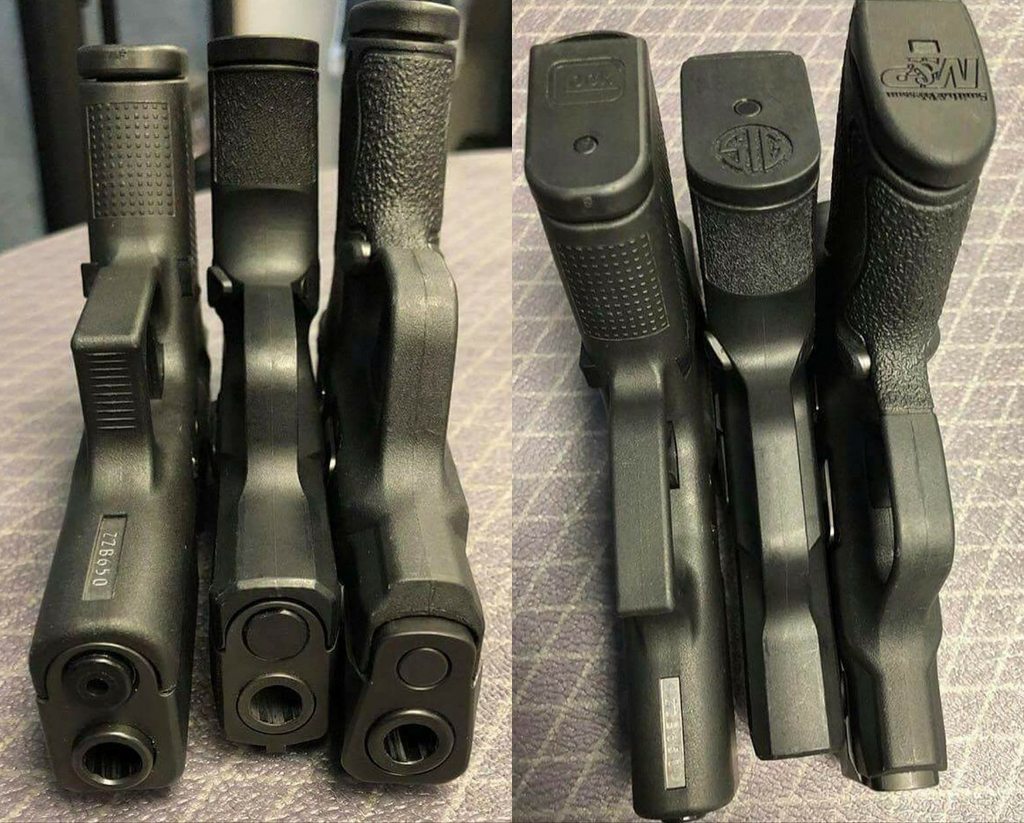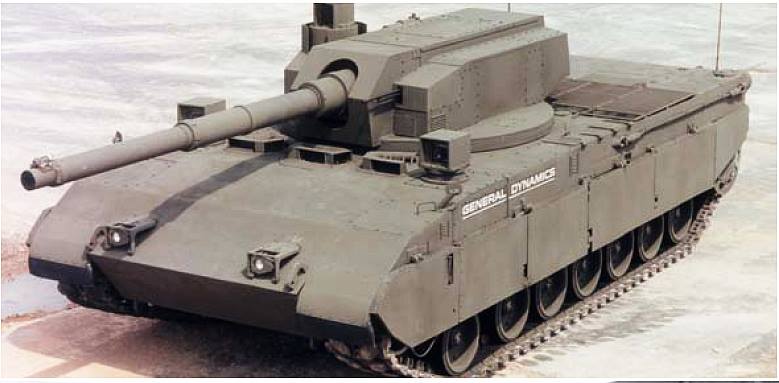Thanks to SHOT Show and the good folks at Brownells, we can see what the US Army’s Special Operations Command is doing to improve their M4s. Let’s take a look. First, the product page.
Now, there are a bunch of things to note here. The upper receiver is unchanged. Still has that forward assist and that dust cover. The 14.5″ barrel is made by Daniel Defense, who have some excellent cold hammer forges for such things. The barrel has some unspecified improvements to work better with M855A1 ammunition, which has an exposed, hardened steel tip. I would expect these changes to be to the geometry of the feed ramp in the barrel extension, but I can’t confirm this yet. And I don’t know if there are other changes. The rest of the barrel is pretty boring. 1:7 twist rate, that government profile,1 and a midlength gas system. The midlength gas system is a noticeable difference, being somewhat longer than the standard carbine length. A midlength gas system is somewhat softer recoiling, and probably leads to improved reliability when using a suppressor (which increases the gas pressure in the system). Note that they did not specify the medium-weight “Socom” profile barrel. Overkill for expected uses? Not proven? Weight Conscious? I’m honestly not sure.
The handguard is Geissele’s Mk 16, and is 13″ long and free floated. It has a picatinny rail at the top and Mlok slots all around2. This is a big improvement over the usual plastic handguard or the KAC RAS system, which has picatinny rails and isn’t free floated. Plus a longer rail means more room for one’s hand as well as accessories. The older handguards had room for lights and lasers or your hand, but not both. Geissele handguards are very nice, and have a well-designed attachment system.
The full length handguard means the standard triangular front sight block has to go. It’s been replaced by the Geissele Super Gas Block, which is low profile, and held in place by two setscrews and a taper pin. I like pinned gasblocks. They’re sturdier. Good choice here.
Geissele also makes the charging handle. It’s bigger, sturdier, and better suited to just grabbing or pulling at one side, like lots of modern guys do. It’s a fine choice.
The other difference in play is the muzzle device. The Brownells version (for civvies) has the Surefire S3F, which is a three-pronged flash hider that also serves as an adapter for the quick-detach mechanism used in Surefire’s silencers. The military is probably getting the S4F (with four prongs). I don’t know why the difference there. It’s still a suppressor adapter, and remember, Surefire’s silencers won the SOCOM testing.
Overall, I’d say it’s a pretty solid set of improvements, and results in a gun better than the previous PIP proposal. I would like to see more if it were up to me, namely a better barrel profile and some bolt carrier group improvements. Both Lewis Machine and Tool and Knights Armament have some available improvements there, and I’d like to see some evaluations. Especially if suppressors are going to be used a lot.
Will I buy one? No. I don’t have much use for factory uppers these days. Building my own isn’t hard, and then I get to make all of the parts choices, and get things suited for me and my uses. And I don’t do clone builds. But it’s a solid upper if you’re in the market for one.
Finally, let’s do a quick weight comparison with the upper for a standard M4. The lower is separate, and needs no changing provided it has the safe/semi-/full-auto trigger group. Some of these weights are approximate because of what is and isn’t available on the market yet, but I wouldn’t expect them to change too much. I’ll update these as I get better numbers.
| Part | M4 | Weight (lbs) | URG-I | Weight (lbs) |
|---|---|---|---|---|
| Barrel | 14.5″ gov’t. carbine gas | 1.6 | 14.5 gov’t. mid gas | 1.5 |
| Upper receiver | A3 | 0.6 | A3 | 0.6 |
| Handguard | double shield | 0.72 | Geissele Mk 16 (13″) | 0.92 |
| Gas Block | FSB | 0.33 | Geissele sgb | 0.1 |
| Gas Tube | carbine | 0.04 | midlength | 0.05 |
| BCG | standard | 0.72 | standard | 0.72 |
| Muzzle Device | A2 Birdcage | 0.14 | SF4P | 0.28 |
| Charging Handle | standard | 0.08 | geissele sch | 0.09 |
| TOTAL | M4 | 4.23 | URG-I | 4.26 |
Notes: Upper receiver weight includes the dust cover and forward assist. Listed handguard weights include all mounting hardware. The Mk. 14 only has Mlok slots at 3:00, 6:00, and 9:00.
Not bad. Despite the stupid government profile barrel, only a little weight was gained. At least according to my back of the envelope calculations, and that’s a win More capability without a lot more weight.
Edited 09/12/18 to use correct weights for the Daniel Defense 14.5″ CHF Government profile midlength gas barrel, Geissele Mk 16 handguard, and Surefire SF4P flash hider.
- Which I hate. A lot. It’s profoundly stupid, but that’s probably why it’s called the “government” profile. I guess we can’t expect them to fix everything at once. ↩
- “All around” being 1:30, 3:00, 4:30, 6:00, 7:30, 9:00, and 10:30. Also, Mlok is lighter than picatinny rails, woo. And some study found it tougher than the rival keymod. ↩


